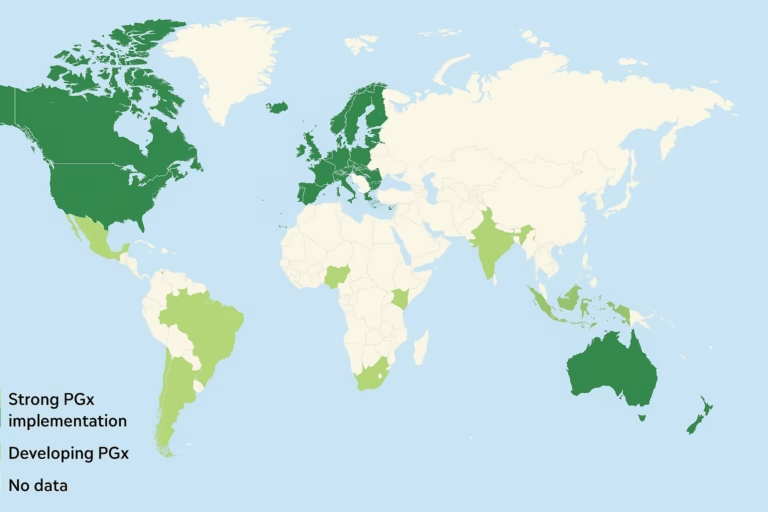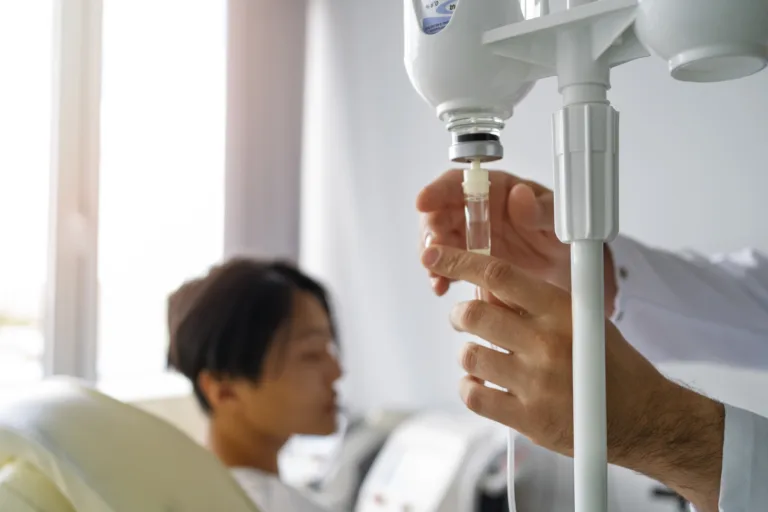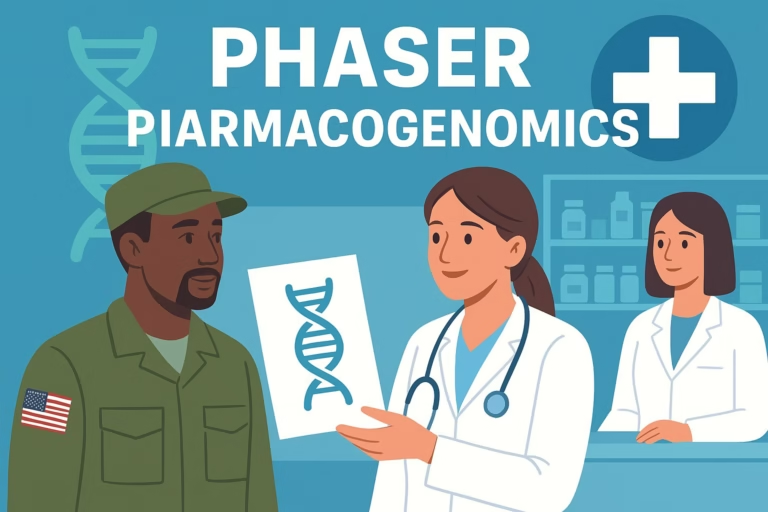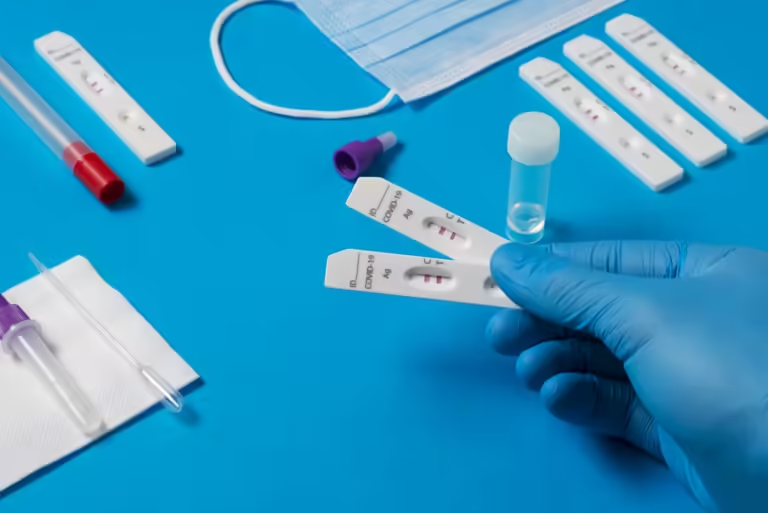On October 30, 2025, the U.S. Food and Drug Administration quietly made a major update to the label for capecitabine (Xeloda®). It now carries a boxed warning recommending DPYD genetic testing before starting treatment. For those who have been following this issue for years, this moment feels both overdue and transformative.
Until now, DPYD testing—despite being supported by strong evidence and already standard in parts of Europe—was not a formal requirement in the U.S. Clinicians could choose to test or skip it, and most did the latter. As a result, patients receiving fluoropyrimidine chemotherapy like 5-FU or Xeloda® faced an invisible risk: if they carried certain DPYD gene variants that reduce or eliminate the activity of the DPD enzyme, the drug could build up to toxic levels. Some patients experienced life-threatening toxicity within days. Others didn’t survive.
| For years, this was accepted as an unfortunate but unavoidable side effect of chemotherapy. Now, we know better, and the FDA’s move is an acknowledgment that these deaths were preventable. |
So what changes now?
If this update is implemented the way it should be, it could reshape how we approach patient safety in oncology. I see five major implications:
- Safety will finally be built into the system, not left to chance.
Until now, whether a patient received DPYD testing depended largely on their oncologist’s awareness or their hospital’s internal policy. With the boxed warning in place, testing moves from optional to expected. This creates accountability — not just for physicians, but for institutions, payers, and laboratories. - Clinical pharmacists will become central players in precision dosing.
Pharmacists are the ones who can interpret DPYD results, adjust chemotherapy doses, and monitor toxicity in real time. This update effectively puts pharmacogenomics in their hands. It’s not just about testing — it’s about turning genetic data into therapeutic decisions that keep patients alive. - Genetic laboratories will need to step up on variant coverage.
The science has advanced. We now know that the four common DPYD variants once used in most panels are not enough. Updated guidelines from the Association for Molecular Pathology (AMP) include a broader set of clinically relevant variants. Labs that stick with minimal panels risk false negatives — and in this context, a false negative can be fatal. - Turnaround time will become a matter of survival.
A DPYD test that takes two weeks to return results is useless in a real-world oncology setting, where chemotherapy often begins within days of diagnosis. The FDA update will force the field to innovate around faster, more integrated workflows — whether that means point-of-care genotyping or rapid digital lab reporting. - This sets a precedent for all pharmacogenomic testing.
Once regulators acknowledge that one gene test can prevent treatment-related deaths, it opens the door for others — UGT1A1, TPMT, CYP2D6, and beyond. This could signal the start of a broader movement: pharmacogenomics shifting from an academic concept to a routine safety measure across medicine.
What Should Happen Next?
The FDA update is a win, but it’s also a mirror. It reflects how long it has taken us to act on evidence that’s been available for over a decade. It’s easy to celebrate policy change; it’s harder to ensure it reaches every patient, every lab, every oncologist’s workflow.
| The ideal future for pharmacogenomics is one where every treatment decision begins with an understanding of the patient’s genetic landscape, just as we already consider their age, weight, and organ function. |
Precision medicine is about the patient’s. And if we truly believe in personalized medicine, we can’t afford to keep harming patients with preventable toxicities.




